Due to hunting these animals is rather shy and tries to keep away from human congregation but in protected areas are seen at ease in groups of about 30. Their habitat is close to forest cover in dry and wet zones and is spread across the island. The males grow formidable tusks that could inflict heavy injury to hunters. These omnivorous mammals are considered as pests as they cause heavy damages to home gardens and plantations in search of plants. They are also known to scavenge for meat but are not known to hunt other animals. Very commonly seen in national parks.

About Author
358 Posts
You Might Also Like This
-
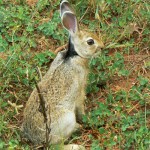
Black-naped or Indian Hare Lepus nigricollis
-

Crested Porcupine Hystrix indica
-
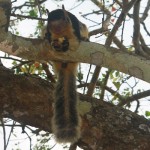
Grizzled Indian or Giant Squirrel Ratufa macroura
-

Giant Flying Squirrel Petaurista philippensis
-

Dusky Striped Squirrel Funambulus sublineatus
-

Palm Squirrel Funambulus palmarum
-
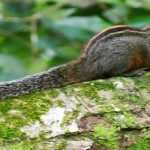
Layard’s Striped Squirrel Funambulus layardi
-

Water Buffalo Bubalus Bubalis
-

Indian Muntjac or Barking Deer Muntiacus muntjak
-

Sambar Cervus unicolor
-

Spotted Deer Cervus axis
-
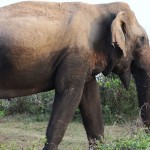
Asian Elephant Elephas maximus
-
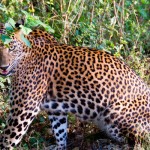
Leopard Panthera pardus kotiya
-
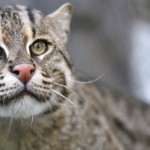
Fishing Cat Prionailurus viverrinus
-
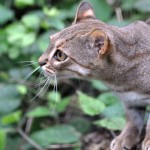
Rusty-spotted Cat Prionailurus rubiginosus
-

Jungle Cat Felis chaus
-

Ruddy Mongoose Herpestes smithii
-
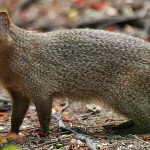
Indian Grey Mongoose Herpestes edwardsii
-
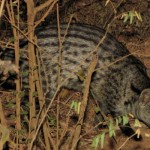
Small or Ring-tailed Civet Viverricula indica
-

Golden Palm Civet Paradoxurus zeylonensis
-
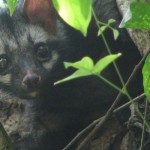
Common Palm Civet or Toddy Cat Paradoxurus hermaphrodites
-

Otter Lutra lutra
-

Sloth Bear Melursus ursinus
-
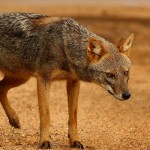
Golden or Black-backed Jackal Canis aureus
-

Purple-faced Leaf Monkey Trachypithecus vetulus
-
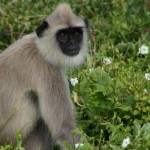
Hanuman or Grey Langur Seminopithecus priam
-

Toque Macaque Macaca sinica
-

Gray Slender Loris Loris lydekkerianus
-

Red Slender Loris Loris tardigradus
-
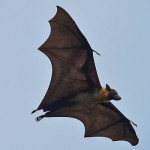
Common or Indian Flying-fox Pteropus giganteus
-

Short-nosed Fruit Bat Cynopterus sphinx
-

House or Common Musk Shrew Suncus murinus
